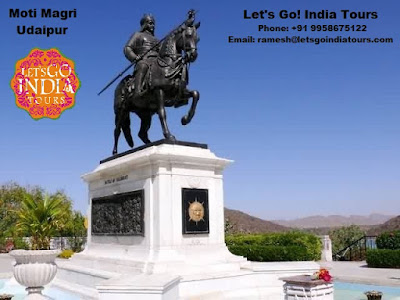JAIPUR TOURS
Pink City Bazaars, Jaipur
Jaipur is known for a lot of things: architecture, Rajasthani food,
culture and traditions, royal Rajputs and what not. But the one thing
Jaipur takes the cake in is its glorious Bazaars. The Pink City, as it
is fondly known, Jaipur can easily become your favourite shopping
destination in India, and for good reason. The Bazaars of Jaipur, old
and new, are so indulgent and fantastic that you can see them evolving
through the years and how visitors and locals alike have been taken by
surprise every single time.Most Popular Bazaars
1. Mirza Ismail Road (MI Road)
Jaipur takes pride in its handicrafts, art and sculpting, and one of the most popular aspects of Jaipur’s tradition is its pottery. Mirza Ismail Road is home to a bazaar that displays unbelievably gorgeous examples of pottery that’ll take your breath away. The most vibrant of bazaars in the Pink City, MI Road hosts artefacts and pottery that dates back to the royal lineage of Jaipur. You can also pick up some beautiful wooden sculptures and brass objects to decorate your home with.Highlights: Colourful ceramic pots and wooden sculptures.
Location: MI Road
Timings: 11am to 10pm daily
2. Nehru Bazaar
Beautiful fabrics, Bandini textiles and outfits that the folk people of Rajasthan flaunt, Nehru Bazaar offers some delights you just can’t ignore. Keeping the tradition of Jaipur alive throughout its area, Nehru Bazaar is home to the jootis (flat shoes) that are the speciality of Rajasthan. Here you can find some of the best textiles that bring together the unique culture and heritage of Rajasthan, especially that of Jaipur in such respect.Highlights: Craftily woven jootis representing the culture of Jaipur.
Location: Film Colony
Timings: 11am to 10pm daily
3. Johri Bazaar
You could be out jewellery shopping for a wedding, a party or just leisure, but if you haven’t hit the Johri Bazaar in Jaipur, you haven’t seen what true beauty in jewels looks like. Johri Bazaar, one of the oldest and most popular markets of Jaipur has everything a jewellery lover could ask for. This market is the stuff of your dreams and the spellbinding qualities that each gem and stone reflects in the jewellery of Johri Bazaar is sure to leave you with a lasting impact.Highlights: Handmade necklaces, precious jewels and gems and exclusive Rajasthani and regal artistry.
Location: Johari Bazaar Road
Timings: 11am to 10pm daily
4. Chandpole Bazaar
The artistic creations of Rajasthan are especially popular throughout India, and those of Jaipur have taken precedence over others. If you’re looking for artefacts, marble carvings, handicrafts, sculptures, paintings and what not, Chandpole Bazaar in the Pink City will offer you a plethora of things to buy. The traditional Rajasthani stuff like carpets, clothes, turbans etc. can be found in abundance at Chandpole Bazaar.Highlights: Marble sculptures exclusive to Jaipur.
Location: Indira Bazaar (Chandpole Bazaar) Road
Timings: 11am to 11pm
5. Tripolia Bazaar
Exquisite lac jewellery that is true to its Rajasthani nature, Tripolia Bazaar can offer some of the best lac jewellery you have seen in your life. Authentic Rajasthani textiles, puppets, Bandini fabrics, carpets, brass utensils, traditional and designer clothes are many of the other things you can find at Tripolia Bazaar.Highlights: Gorgeous Lac jewellery with exotic designs.
Location: Kanwar Nagar
Timings: 11am to 7pm daily
Traveller Tips
- City tours organized by travel agencies include regular trips to the popular bazaars of Jaipur. This way the guides can suggest good places to shop in.
- Bargaining in street shops is common, so having a local during a trip to the bazaar would be more beneficial than indulging in it all alone.
- It takes a few hours to completely tour through the streets full of bazaars in Jaipur, which is why comfortable shoes should be worn. Hats and sunglasses are also recommended.
- Carry a bottle of water along as it might get tiring travelling the streets on foot.
- There are food joints and small restaurants available in the bazaars where one can get refreshments.
- Be sure to indulge in the local, authentic Rajasthani food
Highlights of the tour :
• We are professional and speak multiple languages.• We know all the routes which we offer you and will not have any problem in reaching one monument to another.
• We are friendly and happy to share the Indian culture with you.
• We make sure that you visit all the monuments as per itinerary.












